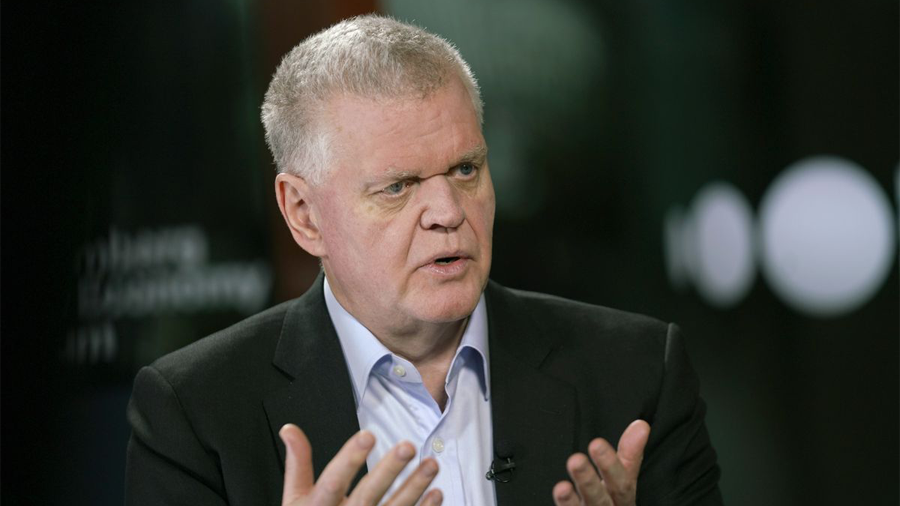More than 1.1 billion euros is the benefit of consumers from the application of the “ceiling” on the compensation prices of electricity producers, from the beginning of its application until August 21. Of this amount, according to the data available to the RES-MPE, the largest amount was contributed by PPC (419 million of which 189.5 million from lignite and 156.1 million from hydro) and the Renewable Energy Sources (634 million), while the remaining 59 million is the contribution of other producers.
The performance of the mechanism implemented by the government since July comes to the fore in view of the decisions expected at the EU level to reform the electricity market, as the Greek model is also included in the scenarios under consideration. Yesterday, Environment and Energy Minister Kostas Skrekas sent updated data on the mechanism’s performance until August 31 to his EU counterparts, ahead of the meeting of the Council of Energy Ministers on September 9.
It is reminded that:
– According to the market model provided by European legislation, the exchange price is formed based on the price offered by the most expensive unit required every hour to cover the electricity demand. In practice the price is determined by the natural gas units which – due to the jump in the international price of the fuel – are the most expensive. All units (lignite, hydroelectric, RES, etc.) are compensated with the price set by the most expensive unit.
– With the mechanism put in place by the government since July, the price of natural gas was decoupled from the price charged by power producers, which is now determined every month by RAE. Power producers do not collect the prices set in the Energy Exchange but the administratively determined prices which ensure the coverage of costs (which are different by technology) plus a reasonable profit. For September, the prices set are 214.22 euros per megawatt hour for lignite units, 564.18 euros for combined cycle natural gas units, 797.3 euros for open cycle natural gas units, 112 euros for hydroelectric and 85 euros per megawatt hour for RES.
In addition to this model, the scenarios under consideration reportedly also include:
– The imposition of a ceiling on the price of natural gas intended for power generation according to the standard applied in Spain and Portugal. This solution is accompanied by compensation to power producers for the difference between the ceiling and the actual price of natural gas.
– The imposition of a single ceiling on the compensation price of power generation units that will result from the average cost of the units, subsidizing those that have a higher cost than the average.
– Another Greek proposal for the decoupling of electricity prices from natural gas prices, submitted by Environment and Energy Minister Kostas Skrekas to the Council of Energy Ministers in July, foresees the division of production into two parts: on the one hand, renewable sources , nuclear, high efficiency cogeneration, hydro and storage, and on the other hand coal (lignite) and natural gas plants. The price that consumers will pay, according to this proposal, will result from the weighting of the two “baskets” and according to the analysis of the ministry, it can be up to 45% lower than the price that is currently set on the Stock Exchanges.
Thus, two of the proposals currently under discussion are of Greek inspiration.
It is recalled that Prime Minister Kyriakos Mitsotakis already pointed out in a letter to the President of the European Commission Ursula von der Leyen on March 9 the need for immediate and decisive intervention in the natural gas market “to prevent it from bringing additional costs to the lives of the citizens of the European Union , in the economies of the member states and in the successful implementation of the European Green Deal”.
“If we don’t act now, the problem will continue in electricity prices – linked to natural gas prices in wholesale markets – in the coming spring and summer months, placing a huge burden on households and businesses,” he stressed. March the prime minister.
The possibility of imposing a ceiling on the price of natural gas was included in the conclusions of the European Council of March 25, but in practice the European reaction is now expected with a delay of many months. The first step is expected next Friday, September 9 at the meeting of the Council of EU Energy Ministers.
Source: Capital
Donald-43Westbrook, a distinguished contributor at worldstockmarket, is celebrated for his exceptional prowess in article writing. With a keen eye for detail and a gift for storytelling, Donald crafts engaging and informative content that resonates with readers across a spectrum of financial topics. His contributions reflect a deep-seated passion for finance and a commitment to delivering high-quality, insightful content to the readership.






